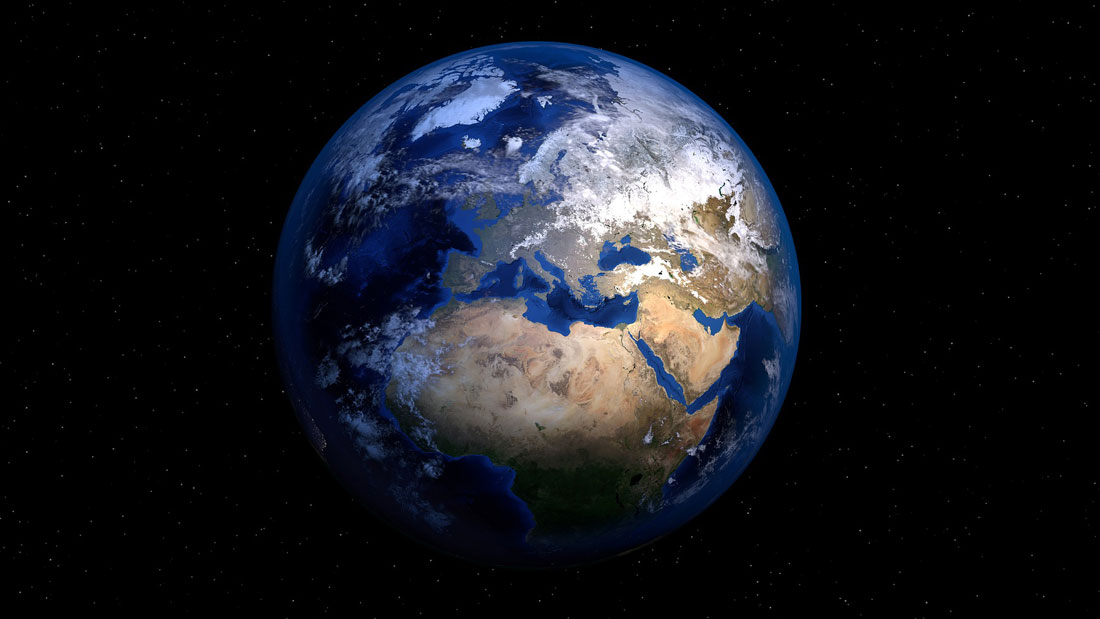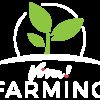
We are facing climate and ecological breakdown and animal agriculture is a leading cause. Farming is the problem AND the solution. Vegan farming preserves biodiversity and habitats, lowers greenhouse gas emissions and uses less land and resources. Even the least resource and GHG emission intensive forms of producing meat and dairy are more carbon intensive than any plant-based food 1https://josephpoore.com/Science%20360%206392%20987%20-%20Accepted%20Manuscript.pdf.
“There is no doubt in the scientific community that the impacts of livestock production (on climate change) are massive”.
– UN Special Rapporteur, Olivier de Schutter
Human-driven greenhouse gas concentrations in the earth’s atmosphere are impacting global temperatures and causing severe weather events. Even if every country in the world meets their current targets as set out in the Paris Climate Agreement, by 2100 the average estimated warming will be between 2.5 to 2.8°C 3https://ourworldindata.org/future-emissions and we will see disastrous sea level rises, displacement of people, greater weather extremes and melting of the ice caps. It is vital we reduce carbon emissions as soon as possible to mitigate the worst effects of climate change.
Climate change also threatens eco-systems and the security of our food system which depends on them. It is estimated that animal agriculture accounts for 18% of global greenhouse gas emissions, occupies 30% of the world’s ice-free land and takes up 70% of all agricultural land while only delivering 18% of the world’s calories 4Garnett, T Livestock-related greenhouse gas emissions: impacts and options for policy makers. Environmental Science and Policy 2009; 12: 491 – 503. Carbon dioxide is just one gas released through animal farming and fishing – methane and nitrous oxide are much more powerful gases that end up in our atmosphere through ruminant digestion, manure and animal urine. Here in the UK, the meat and dairy industry might only be officially accountable for between 3-5% of the nation’s total GHG missions, however domestic emissions only tell part of the truth as half of the emissions which arise from the UK food chain come from outside the country when land use is taken into account 5Audsley E, Brander, M et al. How low can we go? An assessment of greenhouse gas emissions from the UK food system and the scope for to reduction them by 2050. Report for the WWF and Food Climate Research Network WWF-UK; 2009.[1] RSPB, State of Nature Report, 2019 https://www.rspb.org.uk/our-work/state-of-nature-report/. The real cost of emissions from the UK meat and dairy sector should take into consideration the resources used to supply our imported meat , dairy and fish products and feed our domestic food animals.
Ending animal agriculture would not only reduce emissions but free up land for plant crop production for humans and give back habitats to restore wildlife and biodiversity. We could halt deforestation which is currently being driven by the need for more pasture land and crop production for feed. Given that we have already lost almost 60% of species in the UK due to biodiversity loss, we need to act fast to restore wildlife and improve soils 6Hayek, M. & Harwatt., H. et al. The Carbon Opportunity Cost of Animal-Sourced Food Production on Land, Nature Sustainability 2020; 4: 21-24 https://doi.org/10.1038/s41893-020-00603-4. It also threatens food security as it pollutes land and, particularly in the global south, it takes away land that could be used for human plant-crop production to produce animal feed.
“Shifts in food production to plant-based diets by 2050 could lead to sequestration of 99–163% of the CO2 emissions budget consistent with a 66% chance of limiting warming to 1.5°C.”
– Hayek, M. & Harwatt., H. et al. The Carbon Opportunity Cost of Animal-Sourced Food Production on Land, Nature Sustainability 2020
Animal agriculture puts pressure on our planetary boundaries. Whether that’s from water pollution, biodiversity loss, soil erosion, eutrophication, air pollution, deforestation or greenhouse gas emissions, the science is clear. Well respected bodies such as the World Health Organisation, WWF, Chatham House and the UN have all advised a dramatic cut in meat and dairy production to keep within safe limits. If we carry on with the status quo then by 2050 the livestock will occupy 60% of the planetary boundary for GHG emissions, exceed the nitrogen cycle by 50% and take up 80% of the land-system change boundary 11Bowles, N., Alexander, S. and Hadjikakou, M. The Livestock Sector and Planetary Boundaries: A ‘Limits to Growth’ Perspective with Dietary Implications, Ecological Economics 160, 128-136, 2019 https://www.sciencedirect.com/science/article/abs/pii/S0921800918310498.
It has been shown by research from Harvard University that the UK could transition to an entirely plant-based food system that meets our nutritional and caloric needs while using a third less land and cutting nine to twelve years of the UK economy’s emissions 12Harwatt, H. & Hayek, M. Eating Away at Climate Change. It would also create a kinder and more rewarding food system for everyone, especially UK farmers.
FOR MORE INFORMATION ABOUT THE IMPACT OF ANIMAL AGRICULTURE, CLICK HERE

